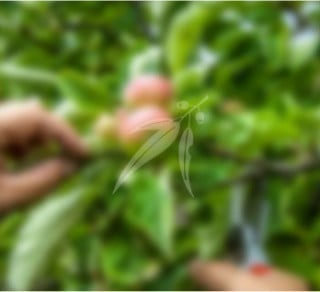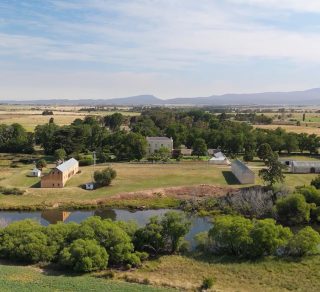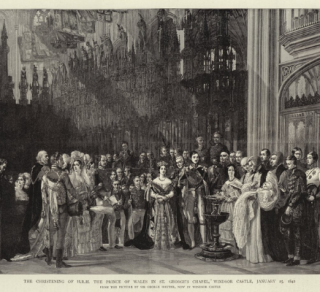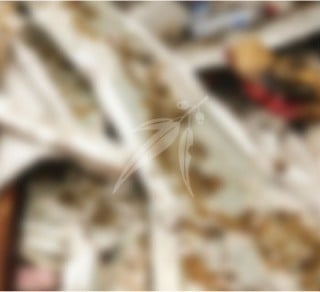The Australian Garden History Society and National Trust Tasmania conducted an oral history interview with Clarendon’s neighbour, Neville McKinnell, on 16 August.
The Australian Garden History Society and National Trust Tasmania conducted an oral history interview with Clarendon’s neighbour, Neville McKinnell, on 16 August.
Neville’s father, Donald McKinnell, was farm manager for Walter and Kathleen Menzies from 1945. Mr and Mrs Menzies operated Clarendon as a horse stud, living in Launceston and visiting only on the weekends. Kathleen Menzies presented the Clarendon homestead to the National Trust following her husband’s death and the closure of the horse stud in 1962.
Neville McKinnell recounted growing up at Clarendon with his parents and sister from the 1950s onwards, living in the house, which was then minus its portico and with the basement infilled with sand. Neville recalled many features of the estate that have since disappeared such as the fenced park for deer, Forrester kangaroos and Cape Barren Geese on Clarendon’s entrance front (the park had existed since the mid-19th century), a Boer War commemorative planting of pinus radiata surrounding the park, Clarendon’s original cast iron conservatory (discovered in the cellar when excavated), buildings associated with the Clarendon railway station and horse stud.
Kathleen Menzies bequeathed Clarendon’s barns and stables to Donald McKinnell on her death in 1985. These were subsequently acquired by the Trust with Australian Government funding to commemorate the Bicentenary of European settlement in 1988.
The interview, conducted by Jean Elder and Rhonda Hamilton stems from the Australian Garden History Society and National Trust Tasmania advocacy groups on heritage landscapes and significant trees. A transcript will be available in October 2024.
The AGHS plans to donate its oral history series to the State Library of Tasmania where it will be available for public reference.
For National Trust Tasmania, the interview points to Clarendon’s archaeological richness and the potential for further investigation for a richer, authentic presentation of the property as the core of a network of Cox properties in Tasmania’s northern Midlands.





